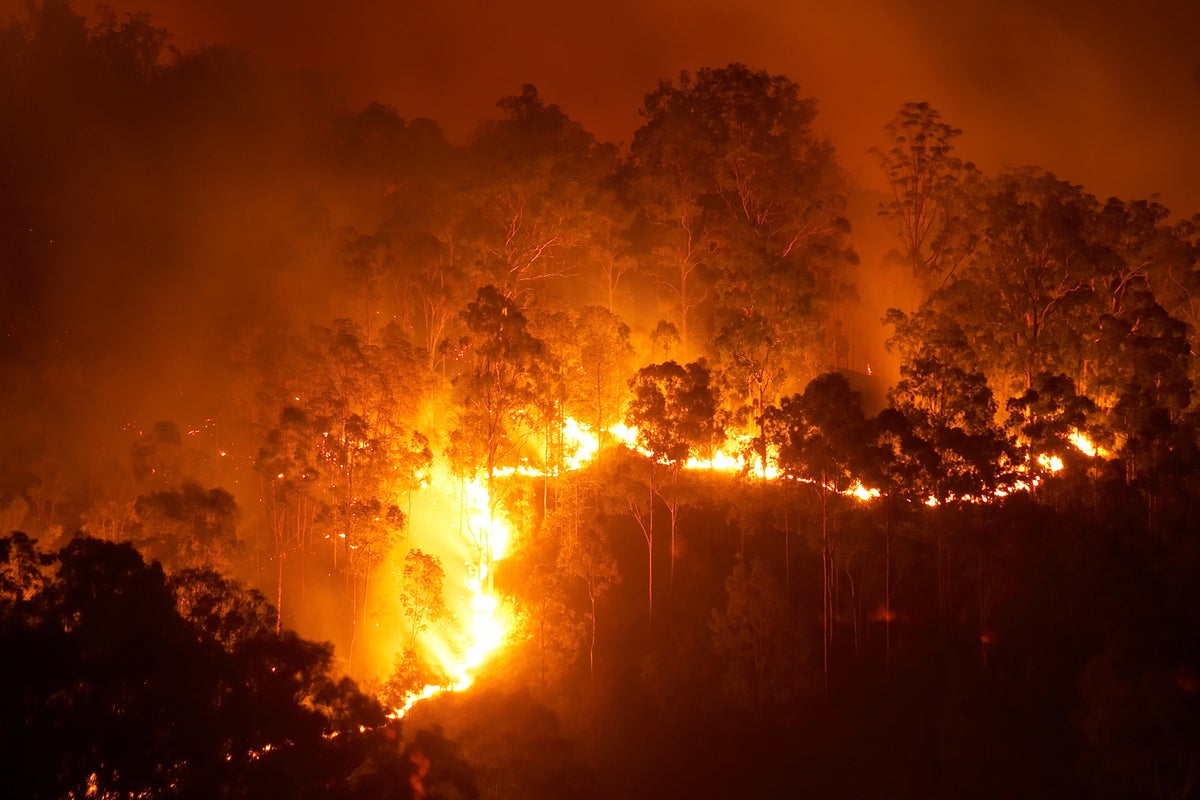- I recommend the Pixel 9 to most people looking to upgrade - especially while it's $250 off
- Google's viral research assistant just got its own app - here's how it can help you
- Sony will give you a free 55-inch 4K TV right now - but this is the last day to qualify
- I've used virtually every Linux distro, but this one has a fresh perspective
- The 7 gadgets I never travel without (and why they make such a big difference)
German IoT startup Dryad wants to help prevent forest fires

A German startup wants to use IoT sensors and a wireless-mesh network to detect forest fires within 10 minutes to an hour of when they start as opposed to the hours or even days it can take using current methods based on thermal imaging, satellite surveillance and human smoke spotters.
Dryad Networks is developing sensors to detect gases associated with forest fires and engineering how to network them using LoRaWAN and other wireless technologies so the data they gather can be analyzed in the company’s cloud.
The sensors are best placed about 10 feet off the ground in trees, secured by screws, making it more difficult for people or wildlife to disturb them and ensuring they won’t be obscured by grass or fallen leaves, according to founder and CEO Carsten Brinkschulte, a veteran of Apple and SAP.
Each device is equipped with a LoRaWAN modem, which communicates with a mesh gateway. Each gateway can handle all the sensors in a six- to seven-mile radius if they are spaced as Dryad recommends–roughly one per 2.5 acres.
In turn, the mesh gateways send the data they gather–also via LoRaWAN– to border gateways that pass it up to the cloud via fixed wireless, LTE or even satellite, depending on the area.
One advantage the gas sensors have over indoor smoke detectors is that they can detect fires even if they are upwind of the fire itself because some of the gases that that the sensors look for diffuse in all directions, the company says.
The sensors are designed to be set-and-forget, with no maintenance required over their roughly 15-year life cycle. A key design consideration was the use of on-device solar charging in combination with supercapacitor battery technology that doesn’t pose the potential fire risk of lithium-ion cells. “We don’t want to bring lithium ion into a forest,” said Brinkschulte.
To create the wireless mesh, Dryad built a proprietary extension on open-source LoRaWAN software, but it also provided an open API so others can make sensors able to connect to the network of gateways. Brinkschulte said third-party moisture sensors, for example, could be incorporated in the mix of sensors to better predict fire risk in a given area.
The number of border gateways required would depend on the number of sensors but also on the need for network resiliency. “So maybe you’ve got 100,000 sensors, that would need several border gateways to load balance,” said Brinkschulte. “That means not all the sensors are connecting through the same place, and also helps with redundancy.”
The number of sensors required can be kept to a minimum by deploying them mostly in areas close to human habitation since nearly nine in 10 forest fires are caused by human activity, he said. “The idea isn’t to blanket an entire forest,” he said. “Deployed along roads, pathways, campsites and power lines…we should be able to catch 80% of fires.”
Sensors cost about $40, but Brinkschulte said he expects that to drop dramatically once equipment enters mass production next year.
The company says it has letters of intent from nine German companies and a large forestry operation in Africa that wants to use the technology to help protect its resources and also earn carbon-credit certificates.
Helping to decrease emissions is a major part of Dryad’s mission, according to Brinkschulte. “[W]e want to be a profitable technology company, but we also want to have an impact,” he said. “The intention is to help protect the largest future we have, which is the forest, and unfortunately, we’re losing a lot of it each year. Forest fires, globally, are responsible for about 20% of [carbon dioxide emissions]–that’s about as much as traffic from cars and ships.”
Copyright © 2020 IDG Communications, Inc.

